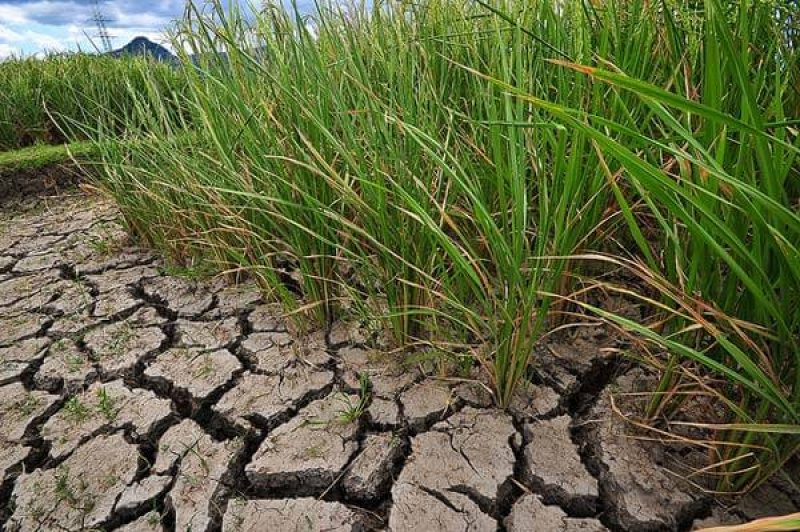Understanding how drought influences these two processes can be tricky. Dry conditions could cause ozone levels to rise, because plants shrink their stomata to prevent water loss, reducing their ability to remove pollution. But drought might also reduce ozone levels, because the stress could cause plants to produce fewer ozone-forming VOCs.
California’s lengthy drought, and the state’s extensive network of air pollution sensors, gave researchers a rare opportunity to see what happens in the real world….The drought’s impact on air quality changed over time, the researchers report….Plants did remove less ozone, with absorption dropping by about 15% during the most severe years of the drought. But during the early years of the drought, trees and other plants were able to maintain their production of one key ozone-forming VOC, isoprene.
Read full, original article: Drought is not just about water. It affects air pollution, too































